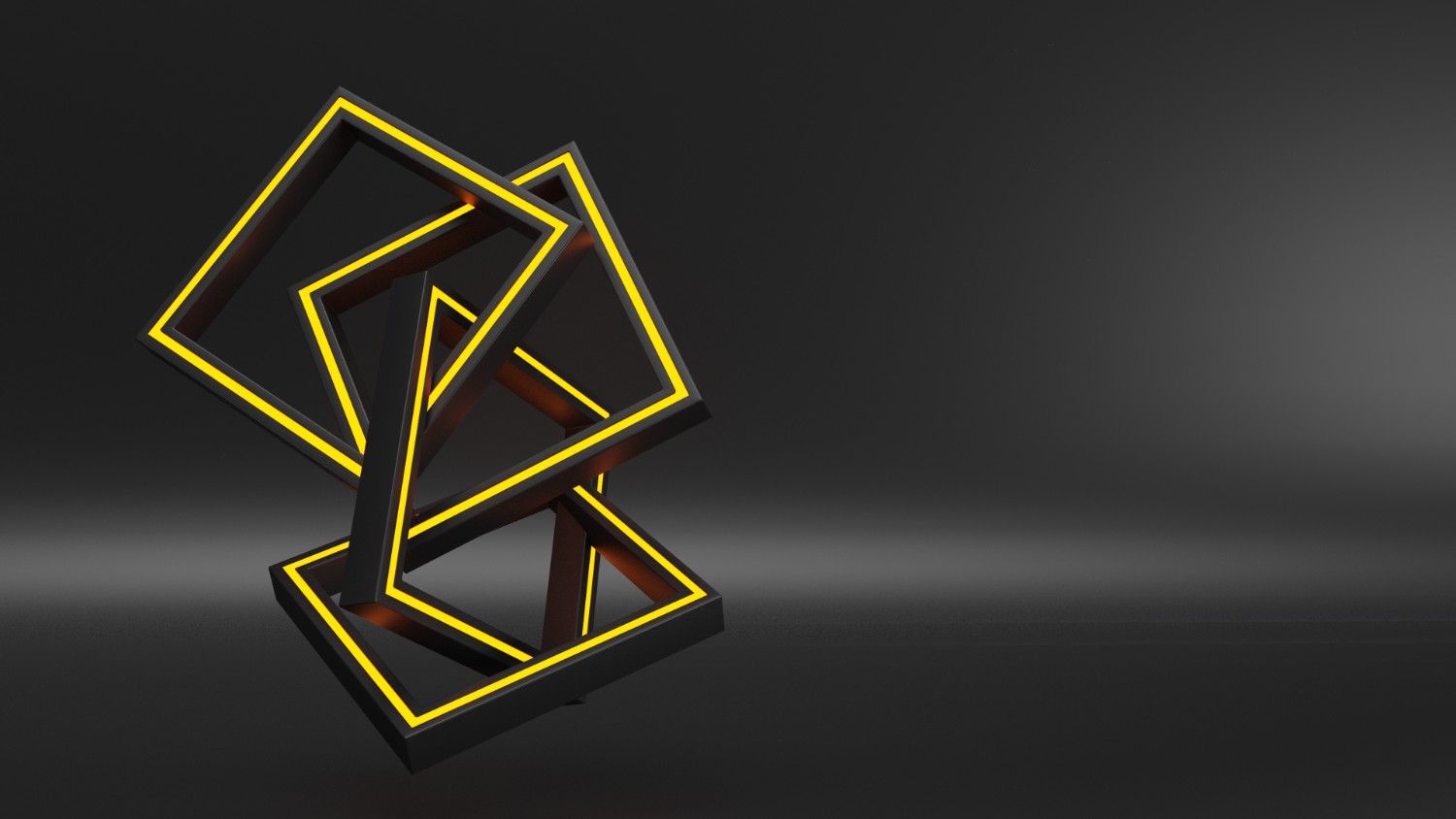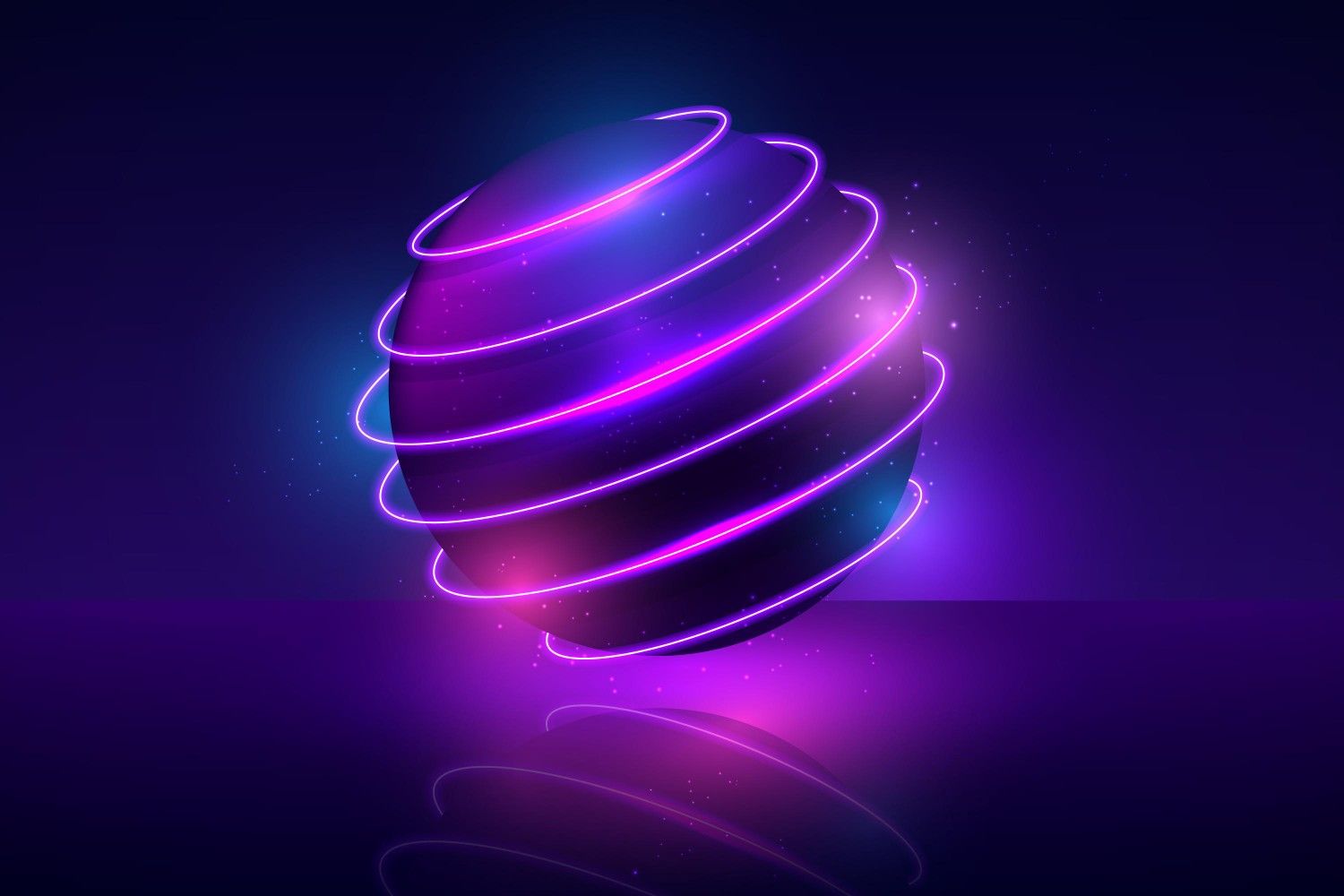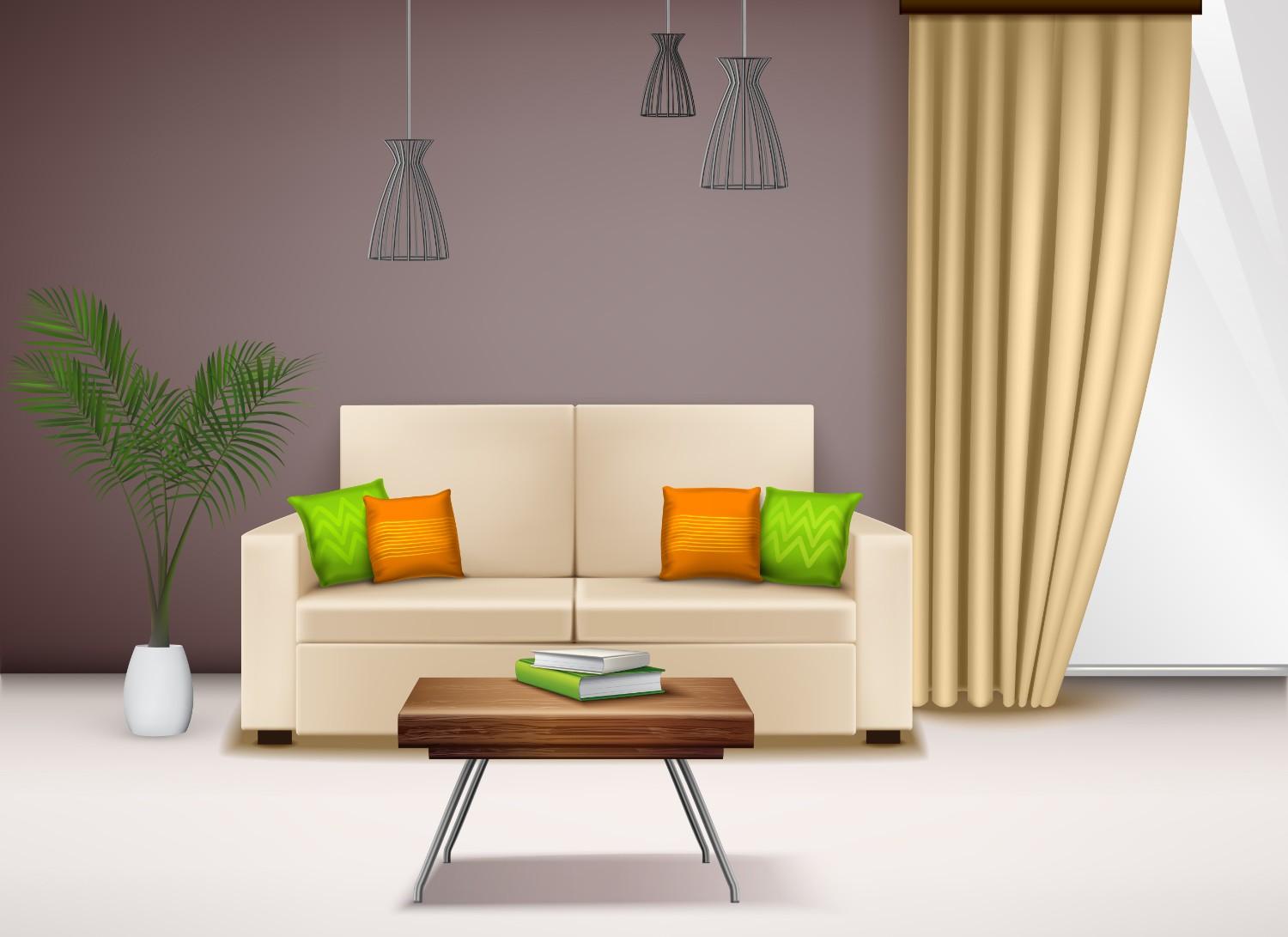Augmented Reality (AR) and Virtual Reality (VR) are no longer futuristic novelties; they are foundational technologies transforming everything from retail and real estate to engineering and healthcare. At the heart of every immersive experience—whether it’s a virtual property tour, a complex surgical simulation, or a blockbuster VR game—lies one essential element: the 3D model.
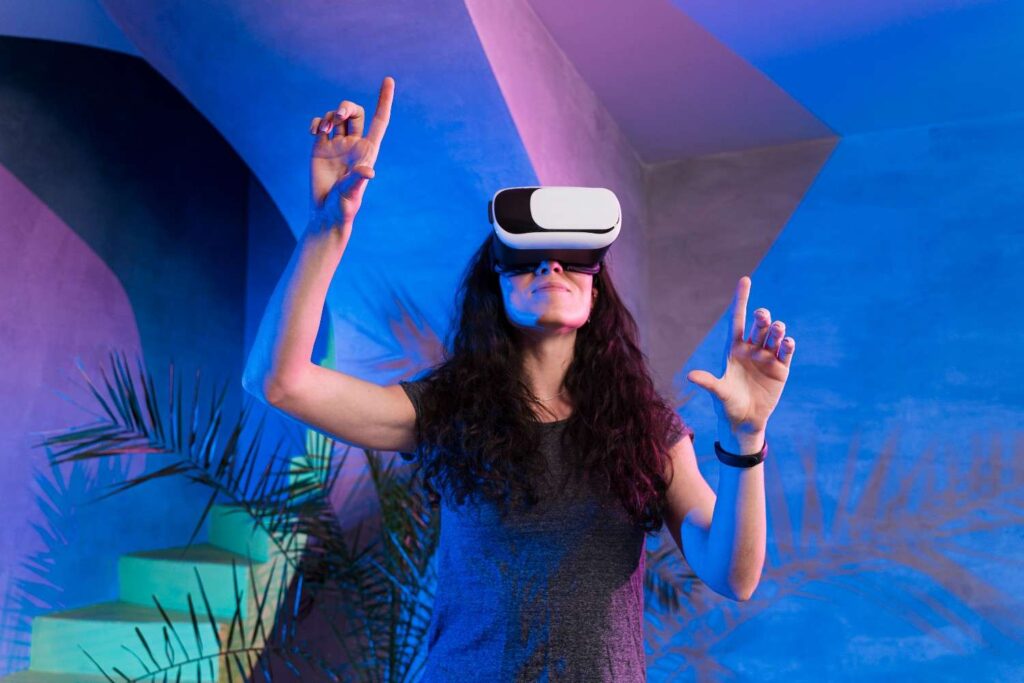
The quality, quantity, and efficiency of 3D asset creation directly determine the success and scalability of any AR/VR project. This is precisely why the outsourcing of 3D modeling has emerged as a strategic imperative, serving as the essential “asset engine” that drives the entire immersive industry forward.
Developing compelling AR/VR content in-house poses significant hurdles related to cost, talent scarcity, and technological complexity. By leveraging specialized external partners, companies can bypass these bottlenecks, gaining access to a global pool of expertise that delivers the high-fidelity, optimized models these resource-intensive platforms demand.
This deep dive explores the critical challenges of AR/VR content creation and details the strategic ways outsourced 3D modeling not only supports the industry but is actively shaping its future.
Part I: The Unspoken Challenge of AR/VR—The Asset Bottleneck 🧱
The barrier to entry for AR and VR is no longer the headset; it’s the content. Unlike a 2D application that can rely on flat images and simple UI elements, an immersive experience requires a fully realized, three-dimensional digital world. This is where the core challenge lies:
1. The Need for Hyper-Optimization
AR/VR applications must render graphics in real-time at incredibly high frame rates (typically 90 frames per second or higher) to prevent latency and motion sickness. This means 3D models cannot be bulky, high-polygon files like those used for static architectural renders. They must be meticulously optimized—a process involving:
- Low-Polygon Count: Reducing the number of faces (polygons) without losing visual detail.
- Efficient Texturing: Using techniques like UV mapping and texture baking to achieve realism without crushing performance.
- Level of Detail (LOD) Management: Creating multiple versions of the same model (high-poly for close-up, low-poly for far away) to manage the computational load dynamically.
This optimization is a specialized skill that traditional 3D artists often lack.
2. The Demand for Massive Scale
A single VR training module or an AR e-commerce catalog might require hundreds, even thousands, of distinct, detailed 3D models.
- Retail/E-commerce: Hundreds of products, from couches to coffee makers, need photorealistic 3D representations.
- Gaming: Every character, prop, environment element, and piece of foliage must be modeled.
- Training/Simulation: Detailed digital twins of complex machinery (e.g., engines, surgical tools, factory floors) are required.
Scaling an in-house team to meet this sheer volume of work is prohibitively expensive and logistically complex.
3. The Requirement for Specialized Expertise
Creating an AR asset that accurately tracks and interacts with the real world is different from creating a model for a desktop game. Specialists are needed for tasks like:
- PBR Material Workflow: Creating realistic materials using Physically Based Rendering (PBR) that react correctly to virtual lighting.
- Rigging and Animation: Preparing character models to move realistically within the virtual environment.
- Platform-Specific Standards: Ensuring assets meet the specific requirements (file formats, poly limits) of platforms like Meta Quest, Apple Vision Pro, ARKit, or Unreal Engine.
Part II: The Strategic Levers of Outsourcing 🛠️
Outsourced 3D modeling directly addresses these critical challenges, transforming the development pipeline from a slow, expensive bottleneck into a flexible, scalable engine.
1. Unlocking Global Specialized Talent
The single greatest benefit is immediate access to a global talent pool of dedicated AR/VR modelers. Instead of spending months recruiting and onboarding an in-house team, a company can partner with an established outsourcing firm whose teams are already proficient in the required skill stack:
- Expertise in LOD and Poly Optimization: Outsourced teams specialize in producing “game-ready” or “engine-ready” assets that look great while maintaining optimal performance, ensuring a smooth, non-nauseating user experience.
- Mastery of Diverse Software: They maintain licenses and expertise in the complete toolset required (Maya, Blender, Substance Painter, ZBrush, Unity/Unreal Engine export pipelines), eliminating the need for internal software investment and training.
- Niche Skill Availability: Outsourcing allows a company to quickly procure a specialist for a highly specific need, such as an environmental artist for foliage modeling or a technical artist for pipeline automation.
2. Driving Cost-Efficiency and Scalability 💰
Developing AR/VR is inherently resource-intensive. Outsourcing offers a crucial flexible financial model:
| Cost Factor | In-House Development | Outsourced Modeling |
| Fixed Costs | High (Salaries, Benefits, Software Licenses, Hardware Upgrades) | Low/Zero (Only pay for the service) |
| Scalability | Slow and Expensive (Hire/Train/Fire Cycle) | Instant (Scale up or down based on project phase) |
| Speed | Limited by internal team capacity | Accelerated by time-zone advantage (“follow the sun” workflow) |
By converting fixed costs into variable, project-based expenses, businesses—especially startups and medium-sized enterprises—can maintain a lean internal core team focused on innovation and overall experience design, while the external partner handles the high-volume, production-heavy workload.
3. Accelerating Time-to-Market ⏱️
The pace of the AR/VR industry is rapid. Outsourcing significantly speeds up content delivery through:
- Dedicated Focus: Outsourcing teams are specialists with refined, efficient workflows dedicated solely to asset production, free from the distractions of internal meetings or non-modeling tasks.
- Established Pipelines: Experienced firms have pre-built Quality Assurance (QA) checks, standardized naming conventions, and asset delivery protocols that integrate seamlessly with major game engines (Unity, Unreal).
- Round-the-Clock Work: Utilizing partners in different time zones means that work can continue almost non-stop—an asset modeled in India or Eastern Europe can be reviewed and integrated by a US-based team the following morning.
Part III: Industry Applications Powered by Outsourced Assets 🌐
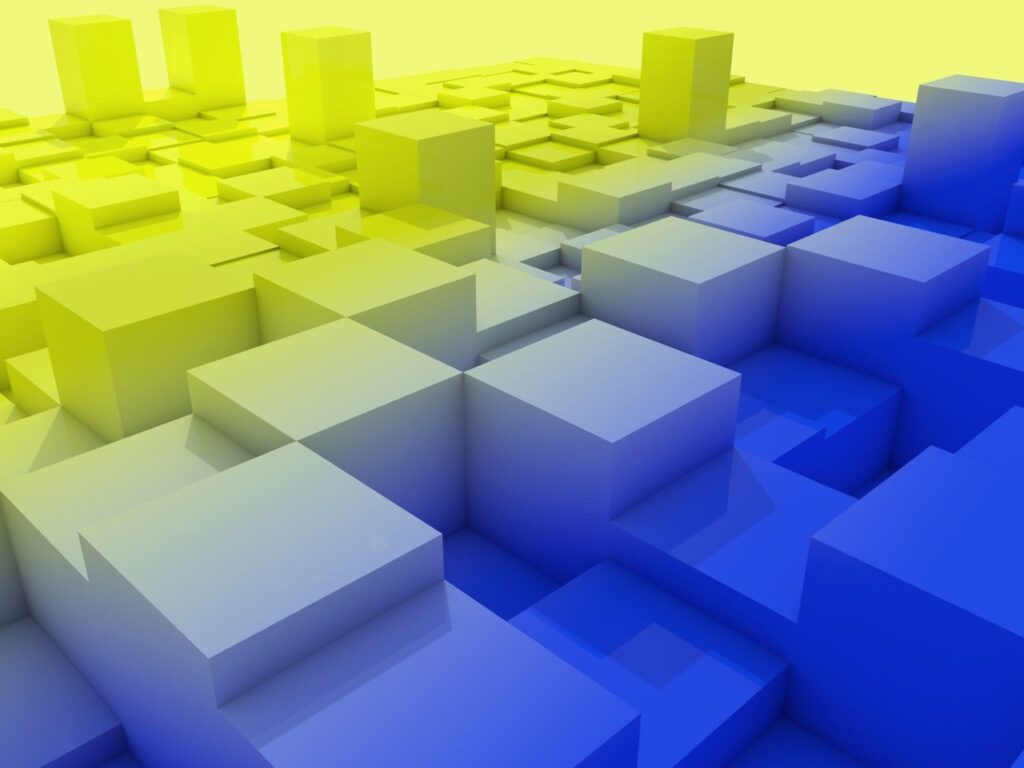
The partnership between AR/VR developers and 3D modeling outsourcing firms is visible across every major industry utilizing immersive technology:
1. E-commerce and Retail (AR)
- The Problem: Retailers need photorealistic 3D models of thousands of products to enable AR features like “View in Room” (e.g., placing a virtual couch in your living room via your phone).
- The Outsourced Solution: Firms mass-produce optimized, photorealistic PBR models from simple product photography or CAD files, ensuring the texture, scale, and lighting are accurate to drive consumer confidence and reduce return rates.
2. Architecture and Real Estate (VR/AR)
- The Problem: Architects and developers need to turn complex BIM/CAD data into immersive, navigable virtual environments for client walkthroughs before construction begins.
- The Outsourced Solution: Modeling specialists clean, simplify, and texture complex CAD geometry, converting high-density engineering files into lightweight, real-time-ready assets. They build entire virtual environments, allowing clients to experience a property in VR or overlay structural elements onto the construction site via AR.
3. Training and Simulation (VR)
- The Problem: Creating digital twins of expensive, specialized equipment (like aircraft engines, hospital surgical robots, or factory assembly lines) for high-stakes, risk-free training is time-consuming and requires extreme geometric accuracy.
- The Outsourced Solution: Outsourcing partners model, UV map, and texture the digital twin with industrial precision, ensuring that every bolt, valve, and component is accurately represented and capable of being manipulated in the VR training simulation.
4. Gaming and Entertainment (VR)
- The Problem: Massive open worlds and detailed character designs require a huge volume of unique 3D assets to be built under tight creative deadlines.
- The Outsourced Solution: Studios leverage external teams for asset overflow—tasks like environment props, secondary characters, or terrain elements—allowing their core internal artists to focus on primary characters, core game mechanics, and unique creative vision.
Conclusion: The Future is Built in 3D
The Augmented and Virtual Reality industries are entirely dependent on their most crucial resource: high-quality 3D models. The challenges of creating these assets—the intense demand for optimization, the need for massive scale, and the requirement for specialized skill sets—make a purely in-house approach unsustainable for most companies.
Outsourced 3D modeling is not merely a cost-saving measure; it is a strategic partnership that provides flexibility, specialized expertise, and scale, directly enabling innovation in the AR/VR space. By relying on the dedicated asset engine of outsourcing, AR and VR firms are empowered to focus on core technology and user experience, accelerating their journey toward building the next generation of immersive digital worlds. The reality is, the future of AR and VR is being modeled, textured, and optimized by a global network of specialized talent.
Q&A: Outsourced 3D Modeling for AR/VR
Q1: What is the main reason AR/VR companies outsource 3D modeling?
A1: The main reason is scalability and specialization. AR/VR projects require a huge volume of highly optimized 3D assets to run smoothly, which is too costly and time-consuming for an in-house team to produce alone. Outsourcing provides quick access to expert modelers who specialize in creating these engine-ready assets.
Q2: What is “optimization” in the context of AR/VR 3D modeling?
A2: Optimization is the process of making a 3D model lightweight so it can be rendered in real-time at high frame rates (like 90+ FPS) on VR headsets or mobile devices without causing lag or motion sickness. This often involves reducing the polygon count (simplifying the geometry) and using efficient texturing techniques.
Q3: How does outsourcing help with cost in AR/VR development?
A3: Outsourcing converts fixed costs (salaries, software licenses, high-end hardware) into variable costs (paying only for the model deliverables). This flexible financial model allows businesses to ramp up or down their asset production based on project needs without long-term overhead.
Q4: What are LODs, and why are they important for outsourced models?
A4: LOD stands for Level of Detail. It means creating multiple versions of the same 3D asset, each with a different polygon count. Outsourced teams create LODs so that the AR/VR engine can display the high-detail model when the user is close and switch to a much lower-detail, more efficient model when the user is far away, preserving performance.
Q5: In which industries is outsourced 3D modeling crucial for AR/VR?
A5: It is crucial in E-commerce/Retail (for ‘View in Room’ product models), Real Estate/Architecture (for BIM-to-VR virtual walkthroughs), and Training/Simulation (for creating accurate digital twins of machinery).
Q6: Can outsourced teams also handle complex architectural data like BIM/CAD?
A6: Yes. Specialized outsourcing firms excel at taking complex engineering data (BIM/CAD files) and converting them into clean, optimized 3D models that are suitable for real-time performance in AR/VR engines like Unity or Unreal.

